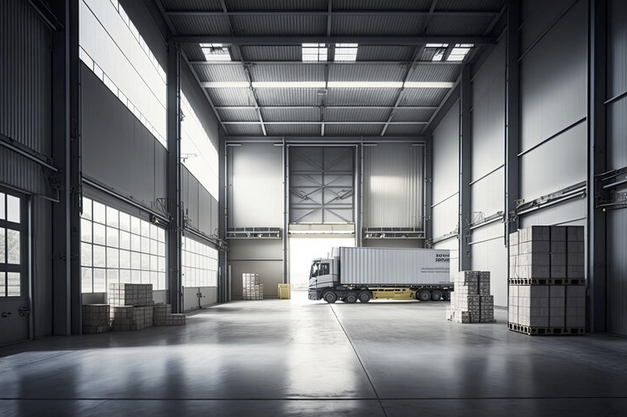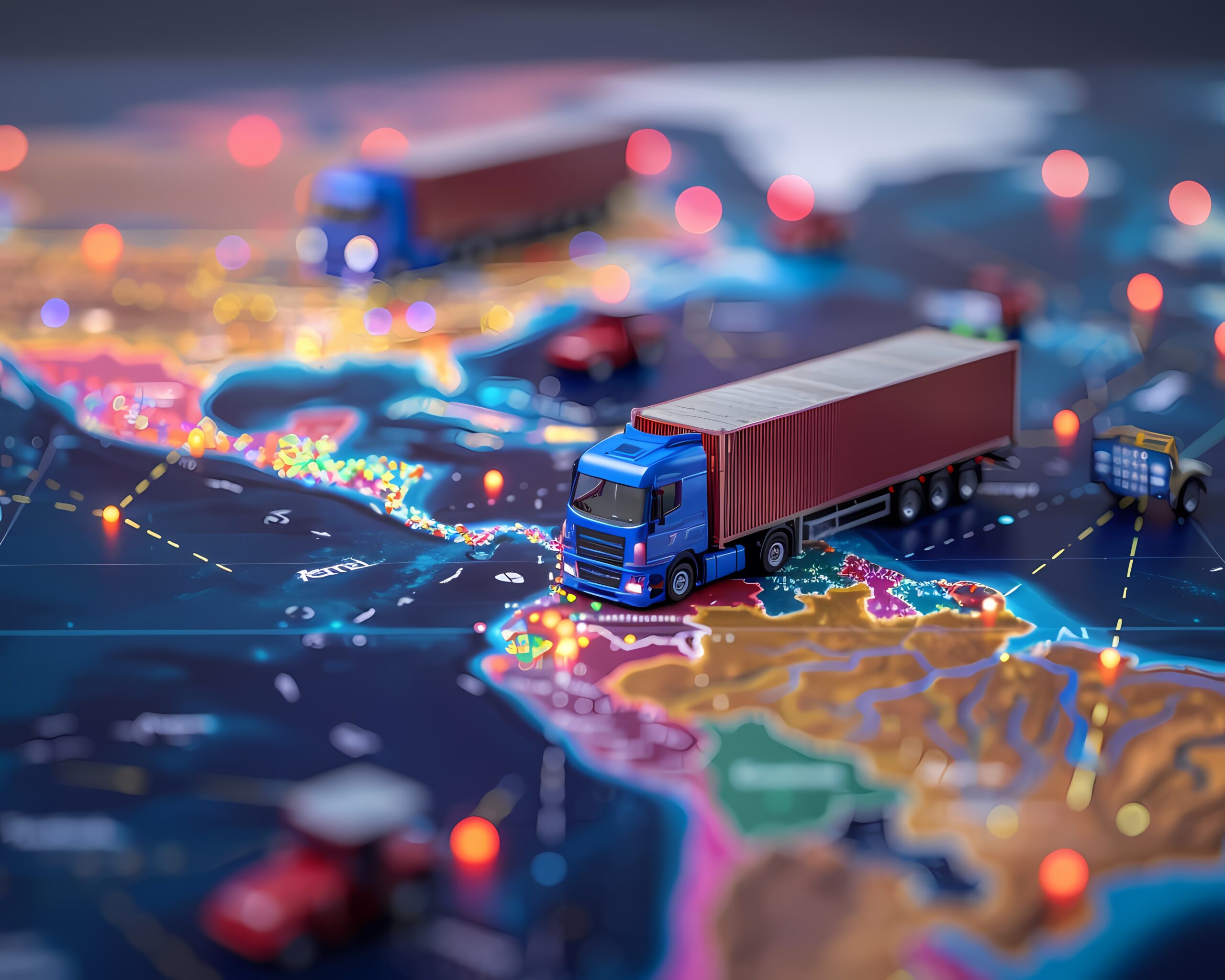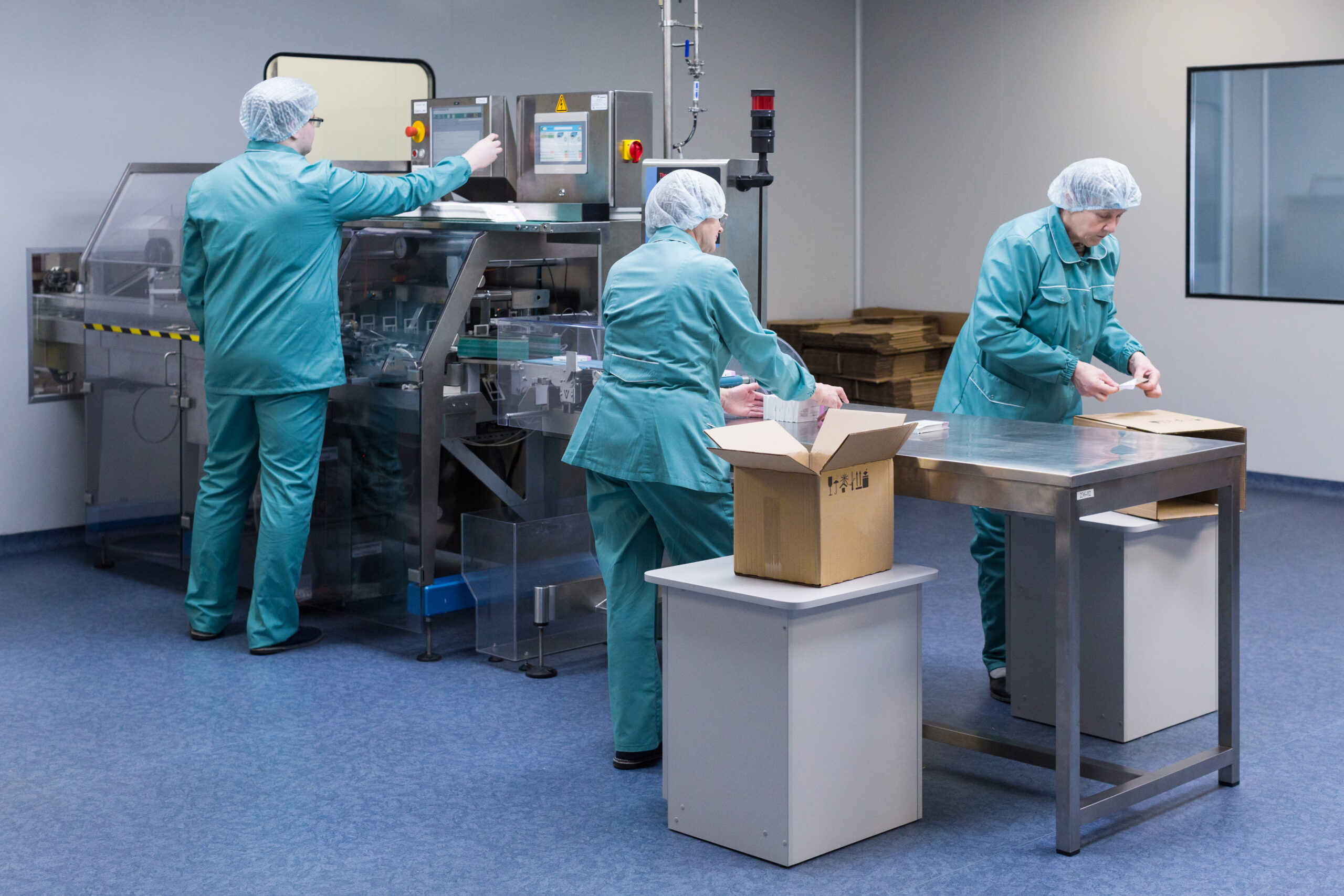The cold chain (i.e., the temperature-controlled supply chain) produces everyone’s primary needs, such as food and medicine. Yet many of us are unaware of how our essentials are produced and distributed and the risks and challenges so that products can be distributed to the end consumers in high quality.
In this episode of Keep Growing, Dr. Paul Tsang, Chairman of the Cold Chain Committee of the Hong Kong Logistics Association and Research Assistant Professor of the Department of Industrial and Systems Engineering of The Hong Kong Polytechnic University, discusses with Aratum how the forefront of new technology such as AI and blockchain are streamlining processes in the cold chain.
Keep Growing is a series of dialogues on global supply chain experiences, insights, and technology. In each episode, guests are invited to discuss how companies of all sizes can overcome pain points through intelligent systems while they are pursuing growth.
Q: What particularly interests you in the field of cold chain?
Dr. Paul Tsang: A decade ago, when I graduated with my bachelor’s degree, I had the chance to work with a company that gave me industrial experience in cold chain. Eight years ago, I started my MPhil study and tried to install an indoor positioning system in a cold storage facility. However, installing Wi-Fi or receivers under extreme temperatures was difficult. It inspired me to research further. I saw technology limitations then, and I thought I could solve this problem.
Q: Why won’t WI-FI work under certain temperatures?
Dr. Paul Tsang: Most routers and corresponding hardware at that time could only work in an environment with 0°C or above. However, in cold storage facilities, rooms are at least -18°C. Recently, technological advancements have solved this issue, though.
Q: On top of the disruptions that conventional supply chains face, what are uniquely cold chain’s challenges?
Dr. Paul Tsang: We may focus on productivity and customer value in typical logistics management. But we seldom discuss product quality. The cold chain industry is the opposite. Quality assurance is the top priority.
For example, in distributing vaccines during the pandemic, we prioritized product quality before the cost and productivity of distribution. We also ensured efficient product distribution, but quality is the utmost priority. The cold chain industry comprises premium but perishable products such as pharmaceuticals and seafood.
Q: Over the past years, ChatGPT and AI have become such a buzz. How do you see new technologies develop, and what role can they play in the cold chain?
Dr. Paul Tsang: From my perspective, AI is one way to align the cold chain with the ESG principle. Most industrial practitioners and universities are talking about ESG, i.e., environmental, social, and governance principles. I believe the AI sector is playing a role in transforming and standardizing the industry by aligning with those principles to make it more environmentally friendly, socially responsible, and governance-oriented.
For example, from the environmental perspective, machine learning, a branch of AI, can support sequential decision-making, meaning route optimization, inventory management, and inventory control can help reduce carbon emissions and implement sustainable packaging materials in the cold chain.
In terms of the social aspect, AI can also ensure the quality of the goods. When we talk about the social aspect and the cold chain, we are not talking about being a volunteer. What we mean is quality management because the main idea for cold chain services is to deliver quality goods to the end consumer.
For governance, AI can do the job of risk management, ensuring that the whole company or cold chain can be streamlined.

Compared to traditional logistics and high-chain management, cold chains, occupational health, and safety management are much more complicated because many of their employees are at risk. Management is much more critical because cold chains should organize their workers’ schedules and standard operating procedures.
There are typically three types of rooms in cold storage facilities, and they should be within -18 to 22°C for storing frozen meat and seafood. Another room is called the chill room. The chill rooms should be about 0 to 8°C, depending on the product’s nature. The last one is the temperature control room, which is around 18 to 22°C.
Imagine cold chain employees working for 8 hours a day. They have different tasks in a day, but how long should they stay in a cold storage room to maintain good health? That’s a question I faced in my research.
There are some standards we can follow. There is an ISO 11079 protocol about the ergonomics of the thermal environment. The protocol has a calculation map where it can calculate environmental parameters and set the standards for employees in the cold chain. Many people won’t understand it, but if you’ve ever been in a cold storage facility, you’ll understand how risky the job is to pick up and move items from and into a refrigerated room.
That’s also why the turnover of the cold chain industry is higher than the traditional logistics and supply chain. The working environment and investments are extreme.
Cold chain companies could follow and develop more industry standards together so as not to create problems with the chain and their employees. It’s a complex issue, so companies should always be wary of it.
Q: Can you share some applications or examples of how AI can do the things you mentioned? How can AI help reduce costs or mitigate risks in the cold chain?
Dr. Paul Tsang: Sure. From an academic perspective, some problems are difficult to solve with simple software. There’s a need to develop advanced technology to handle more complex challenges. Hence, machine learning, reinforcement learning, and heuristic algorithms must be applied in this field to solve problems and achieve cost minimization.
The cold chain industry has more risk factors than the traditional supply and logistics industries. There’s a risk of quality deterioration and power failure that impacts the cold storage sections. That’s why we must prioritize using AI to see which risk factors are dominant for a particular company. For example, company A might focus on a sub-set of risk factors, and company B might focus on another sub-set of risk factors.
Q: Let’s talk about ammonia leaks and fire safety in the cold chain because they’re big concerns in developing countries. Can you elaborate on how technology can be useful for hazard prevention?
Dr. Paul Tsang: That’s unfortunate. I also heard about the news of ammonia leakage and fire safety accidents worldwide.
To address these issues, the cold chain could use a warning system developed based on the Internet of Things (IoT) instead of just AI; integrating both technologies can help solve the problem.
What will happen is that IoT captures data, and AI analyses data. With regard to ammonia leakage, sensors can monitor the ammonia levels from the surroundings and collect data from time to time. So, in the past, an acceptable threshold or range for the sensor could be set. If the ammonia levels exceeded that range, it would cost the companies a lot to fix. That was the traditional way to do it.
If you implement AI, an advanced model will predict the ammonia level. Based on predictions, we can formulate proactive strategies. For example, we may detect a trend of critical increase in ammonia levels and then take action before an accident occurs.
Apart from machine learning, computer vision, a branch of AI, can develop a module to oversee the whole site, warehouse, or facility to ensure no safety hazards.
Say if you see a fire or a broken pipe, we will know that ammonia levels will increase. AI can be a security guard that oversees the whole facility.
Q: Can we liken the Internet of Things to a camera that connects to a certain system and detects a fire visual that prevents the fire from becoming big?
Dr. Paul Tsang: Yes, install a sensor or camera in the facilities. The sensor then acts like a data acquisition module that collects data. And we rely on AI to interpret the data.
Q: How can technology improve the longevity of products or optimize the use of energy?
Dr. Paul Tsang: This is an interesting question. Energy optimization has been a hot topic recently, and it’s also aligned with my recent research. I find that there’s a pitfall in the cold chain industry.
Most countries today promote carbon neutrality initiatives, like low-carbon emissions in businesses. However, the cold chain consumes a lot of electricity and packaging materials to refrigerate perishable products through logistics activities. So, how do we make the whole industry more environmentally friendly when product quality is prioritized? That is a big issue I foresee in the near future.
Concerns regarding energy optimization in the cold chain can be answered in two aspects: storage and transportation.
In the traditional warehouse, the flow of order processing is seamless: order picking, packing, and distribution. In the cold chain, however, there’s a lot of complexity. Order processing takes a lot of time, especially when picking up the orders from the storage room. Opening the cold storage room affects its temperature and might cause temperature fluctuation due to the cold air leakage. After the door is closed, the refrigerator will need to work again to maintain the pre-defined temperature of the storage room. Therefore, industrial practitioners in cold storage management prefer batch order processing to prevent the storage area’s opening frequently. The cold chain industry needs to find optimal solutions to these operational problems.
As for transportation, it’s such a complicated issue, and it’s relevant to food wastage. We have to consider the truck capacity, the time windows of the customer, traveling costs, etc. There are so many objectives and constraints. AI technology is widely used in this sector to find the optimal routes for delivery. Meanwhile, it can minimize fuel usage and consumption to achieve low-carbon operations.

Q: How do we know who is accountable for things in the cold chain? Can new technology like blockchain help us in some way?
Dr. Paul Tsang: Accessibility and transparency are important in the traditional supply chain, but they are even more so in the cold chain. Supposed that we are handling perishable products such as pharmaceuticals, frozen food, etc., customers know that temperature fluctuations are inevitable during shipments and deliveries.
Before we had blockchain, a traceability system was widely developed in the industry. They might be paper-based, and in the past decade or more, they might have used a cloud-based system. However, blockchain technology will become more apparent, mature, and evolved in the next two or three years. Using blockchain to standardize the supply chain data, customers can scan a QR code and receive the full product information in a real-time and secure manner.
Blockchain technology can easily adapt solutions to problems that would benefit consumers. Data in the blockchain is immutable. Once it is recorded, no one can edit it. If there’s a need to, it will consume large computational resources, or worse, it needs to rebuild another blockchain. That’s why using blockchain technology can effectively build trust with consumers. It can also help a company improve its operational procedures.
In practice, the blockchain system should be developed with cloud technologies and the Internet of Things for effective data uploading and queries among supply chain entities and stakeholders. In return, the documents are all standardized in the same platform.
Q: What if we seek AI to help us with the operations, such as scheduling, or a system that can help manual labor become easier?
Dr. Paul Tsang: That’s an awesome idea. Many companies have big frozen rooms used for large-scale operations. Technology can help generate an algorithm to locate the exact location of workers inside cold storage facilities. We can put a tracker on each employee, and if they remain in the same position for about 15 minutes, then there might be a problem, and that employee should be checked. An AI-based tracker system can prevent problems in cold chain facilities, particularly in indoor environments.
Q: How do indoor environments differ from outdoor environments? Outdoors can also be challenging, such as when employees encounter delays on the road.
Dr. Paul Tsang: In outdoor environments like transportation, a GPS assists drivers and their partners in tasks. However, in indoor environments, equipment accuracy and trackability are limited due to the space’s infrastructure. For example, large metallic structures may affect the transmission of radio frequencies indoors, or some areas are not equipped with CCTVs indoors. As I’ve said earlier, WIFIs and other signal receivers have difficulty penetrating cold storage rooms.
Indoor storage facilities can benefit greatly from new AI technologies to eliminate noise from bad frequencies or hidden connections that bigger structures and equipment may cover. AI might be able to help increase the accuracy of operations.
Aratum: Thank you, Dr. Tsang. Anything to add before we go?
Dr. Paul Tsang: As an educator and researcher, I have a goal of making the cold chain industry better to protect businesses, livelihoods, and all consumers because people depend a lot on cold chains. Apart from that, the world needs to save on electricity and energy, and we must make cold chains sustainable. Many researchers are interested in cold chains so that producing important goods such as food and pharmaceuticals can become environmentally, socially, and economically sustainable. That’s what we aspire to, and we hope we can create an impact on humanity.



